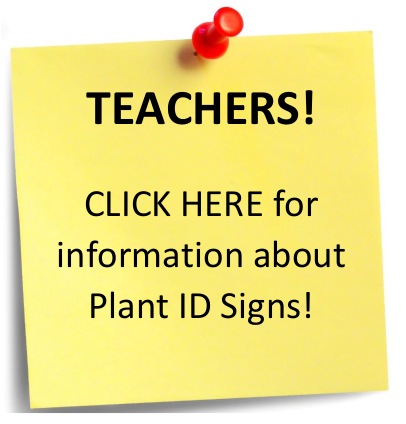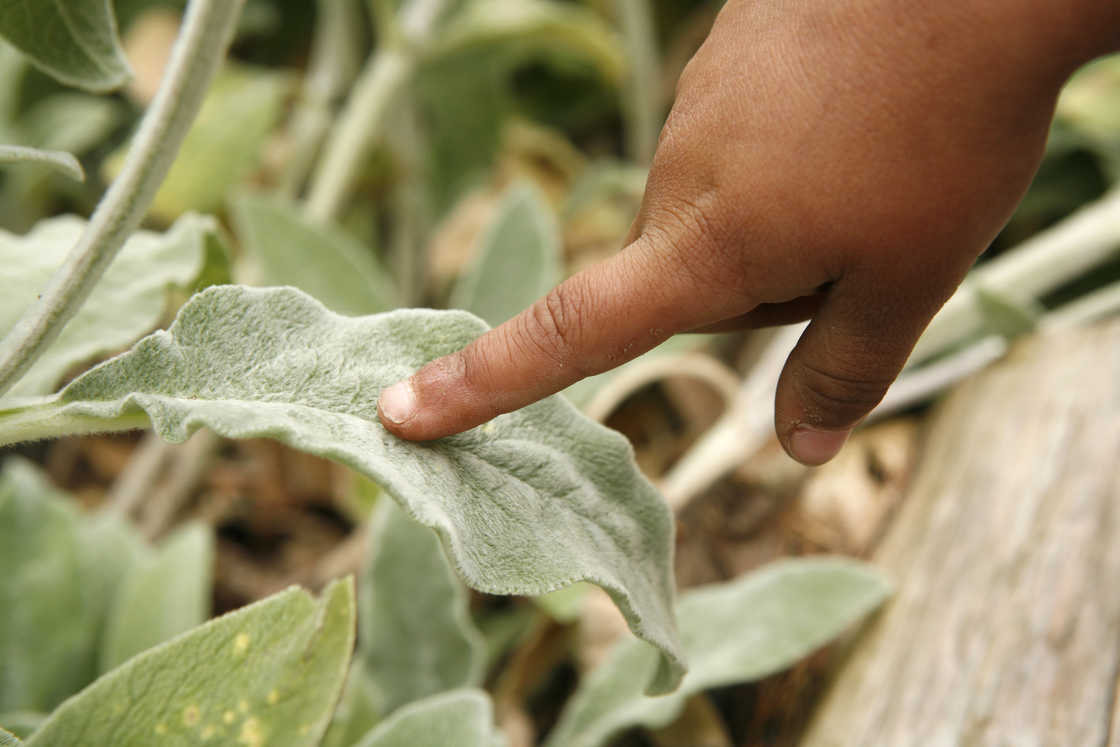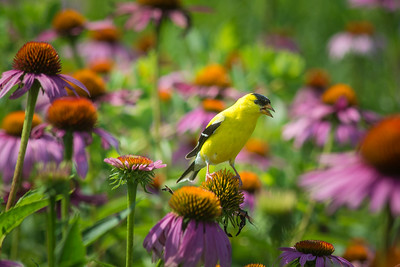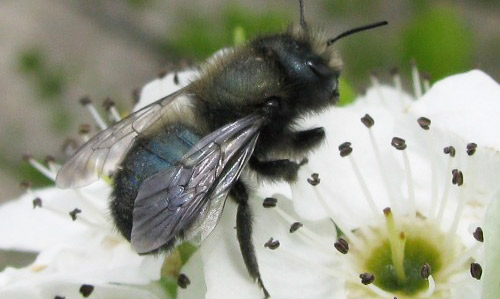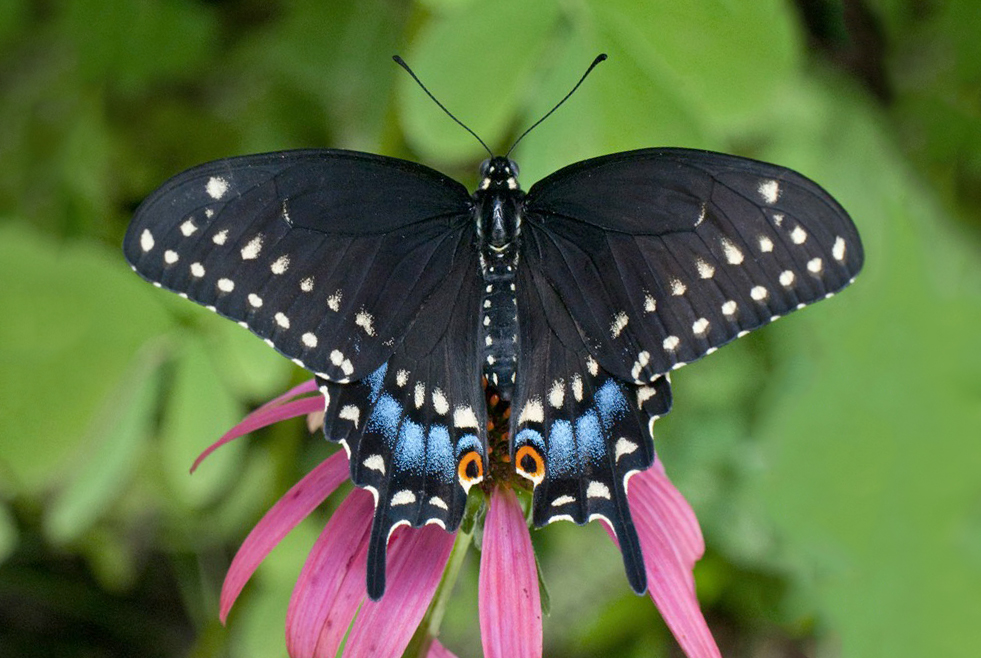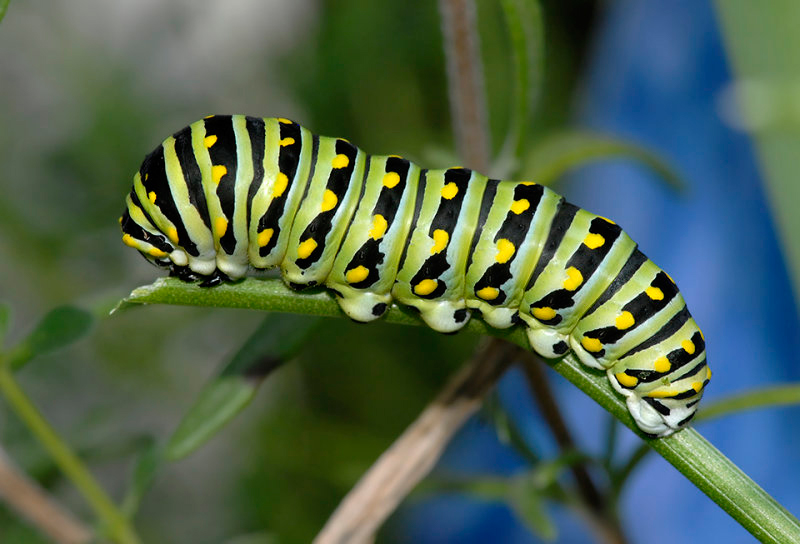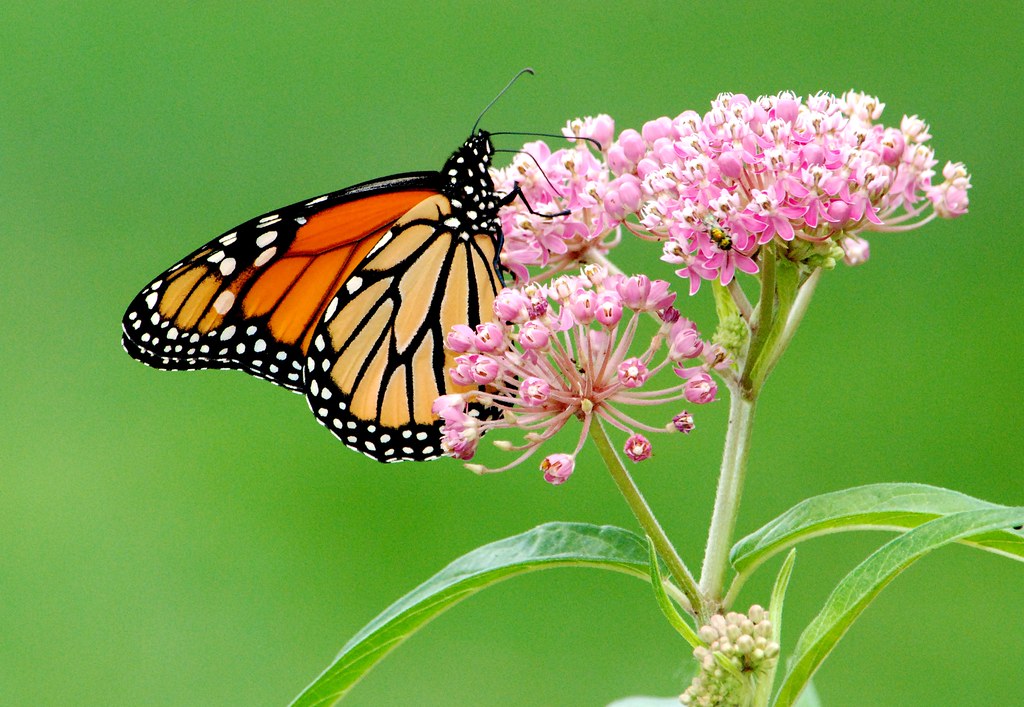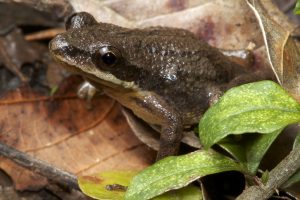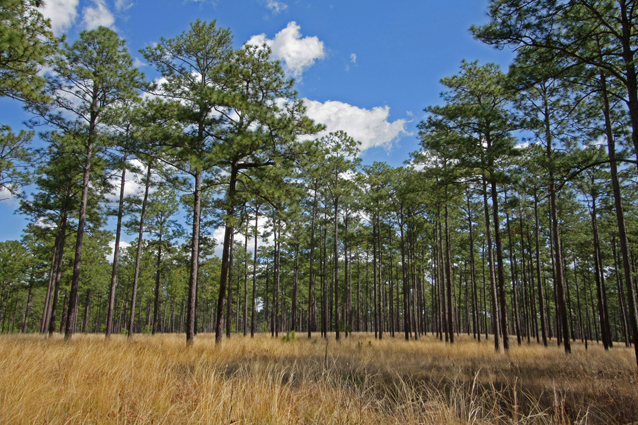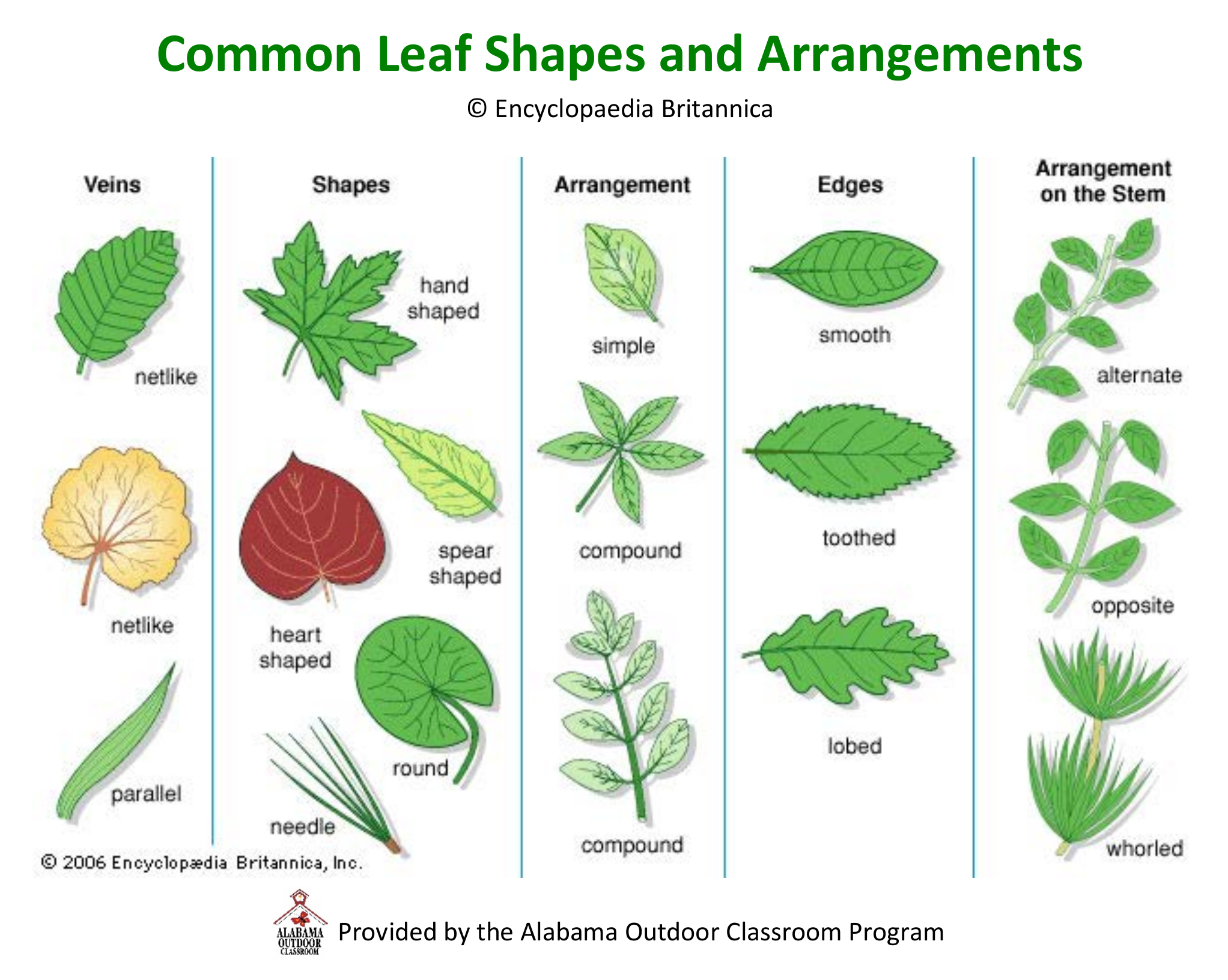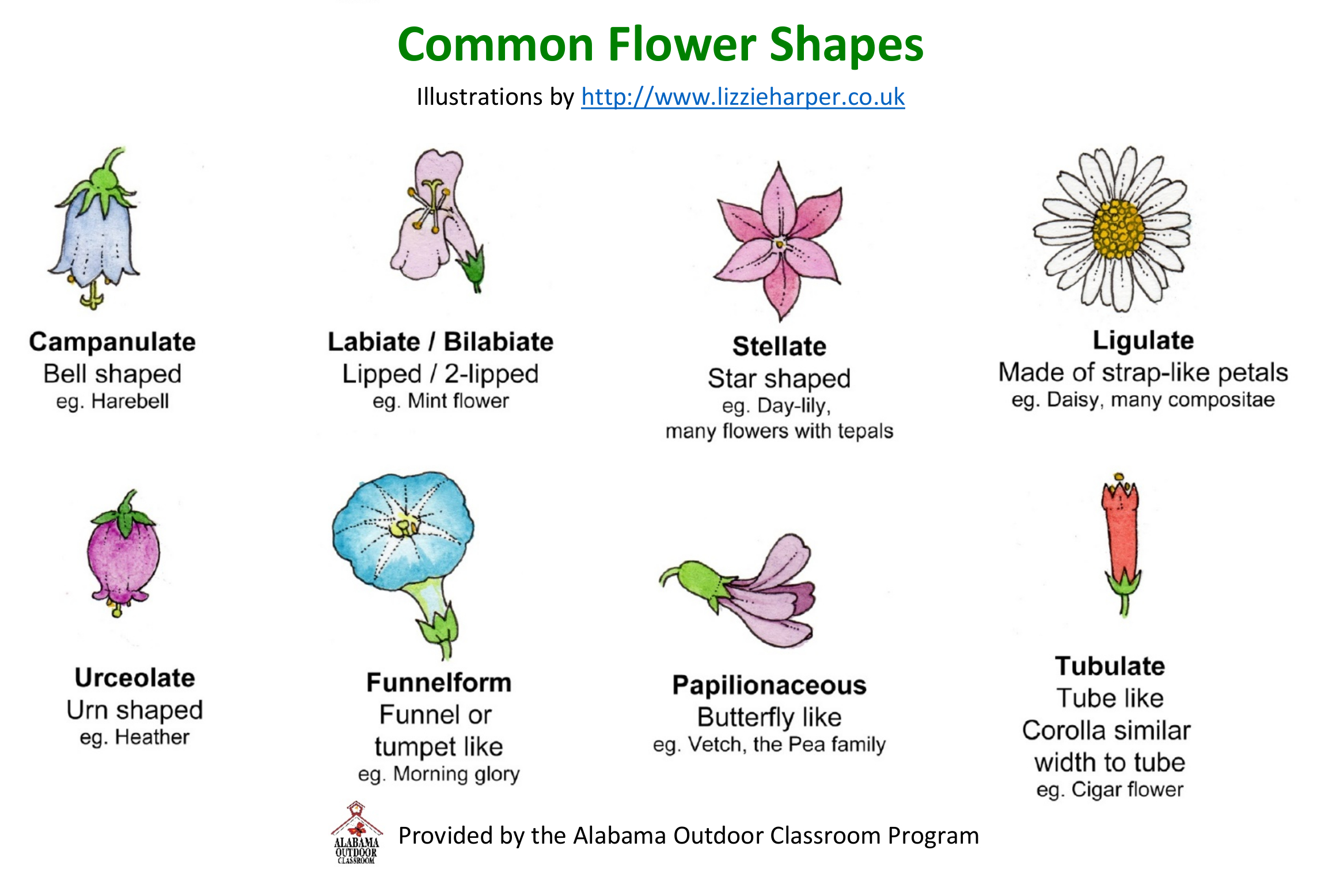Student Exploration Link: Dig Into Plants
- How to identify the plant using its Leaf Description & Flower Shape
- How the plant helps support local wildlife & ecosystems
- How to care for it including how much to water it
& include them in your Learning Station Maintenance Binders.)
These plant suggestions are based on the greatest benefit the plants provide for backyard wildlife. Many of these plant species provide food sources for many types of wildlife including butterflies, caterpillars, native bees, other pollinators, hummingbirds, and other songbirds. Learn more with our Plant Purpose Chart!
Learn why it is important to Plant Native Plants instead of non-native species whenever possible!
Leaf Description Chart & Flower Shapes Chart
Click on the charts to view them in a new, larger window. Click on the names of the charts (in orange) to download them.
| Leaf Description Chart |
Flower Shape Chart |
|
|
FOR TEACHERS: How to Create Plant Identification Signs
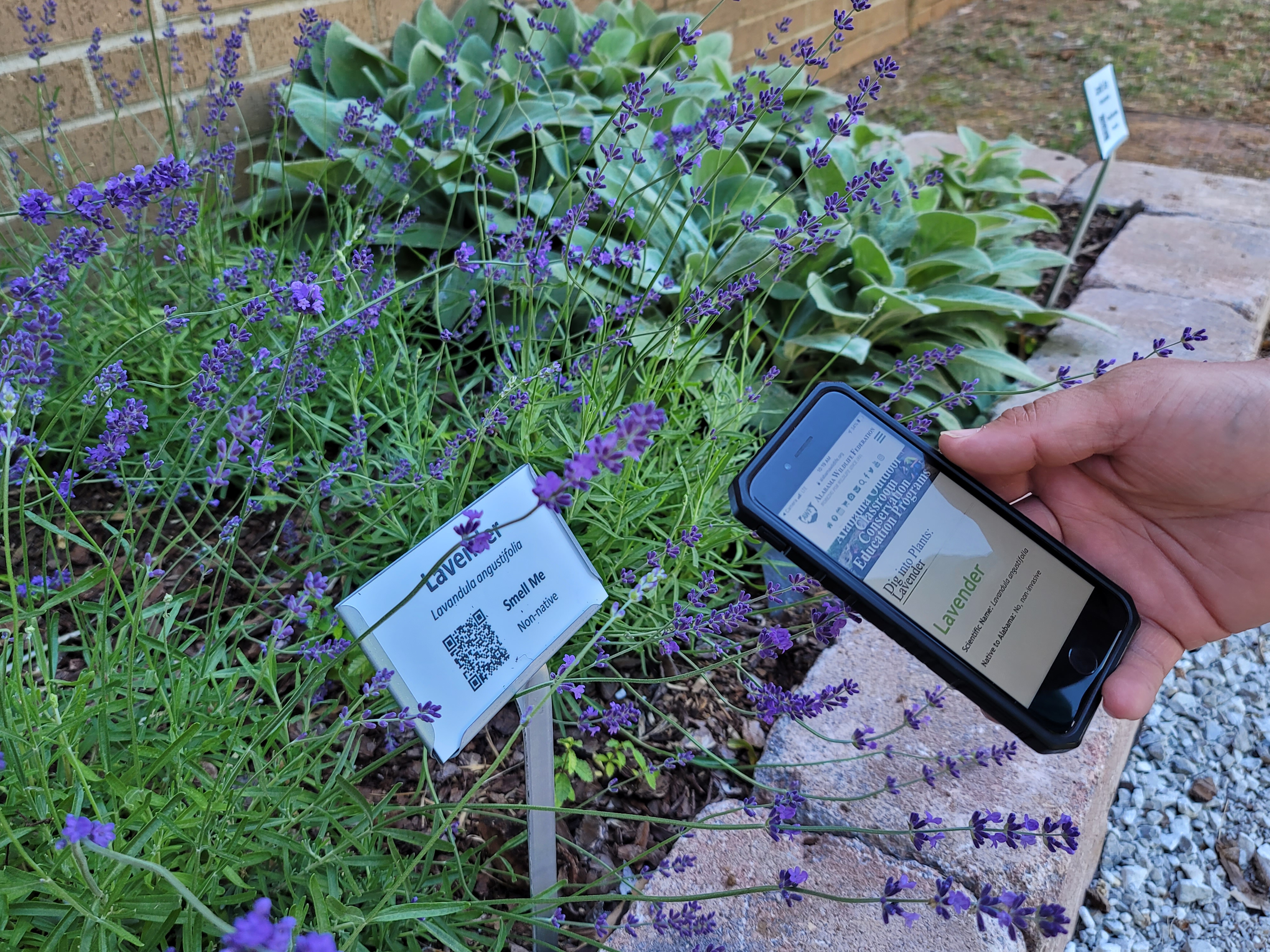
Each plant identification sign template includes the plant's common name, Latin name, ecological purpose, native/non-native status, and for those that have a webpage the sign includes a unique QR Code that can be scanned to link to a Dig Into Plants webpage about that specific species (see full list of plants with webpages above).
Option #1: Individual Plant ID Sign Templates
1. Click on the plant species (above) that you want to create a plant ID sign for.
2. Scroll to the bottom of the plant's webpage to the Educator Resources section.
3. Use the Plant ID Sign as a PDF (ready as-is) ... OR... Edit the Word Doc version to customize it.
4. Send the plant ID sign(s) to your local printer.
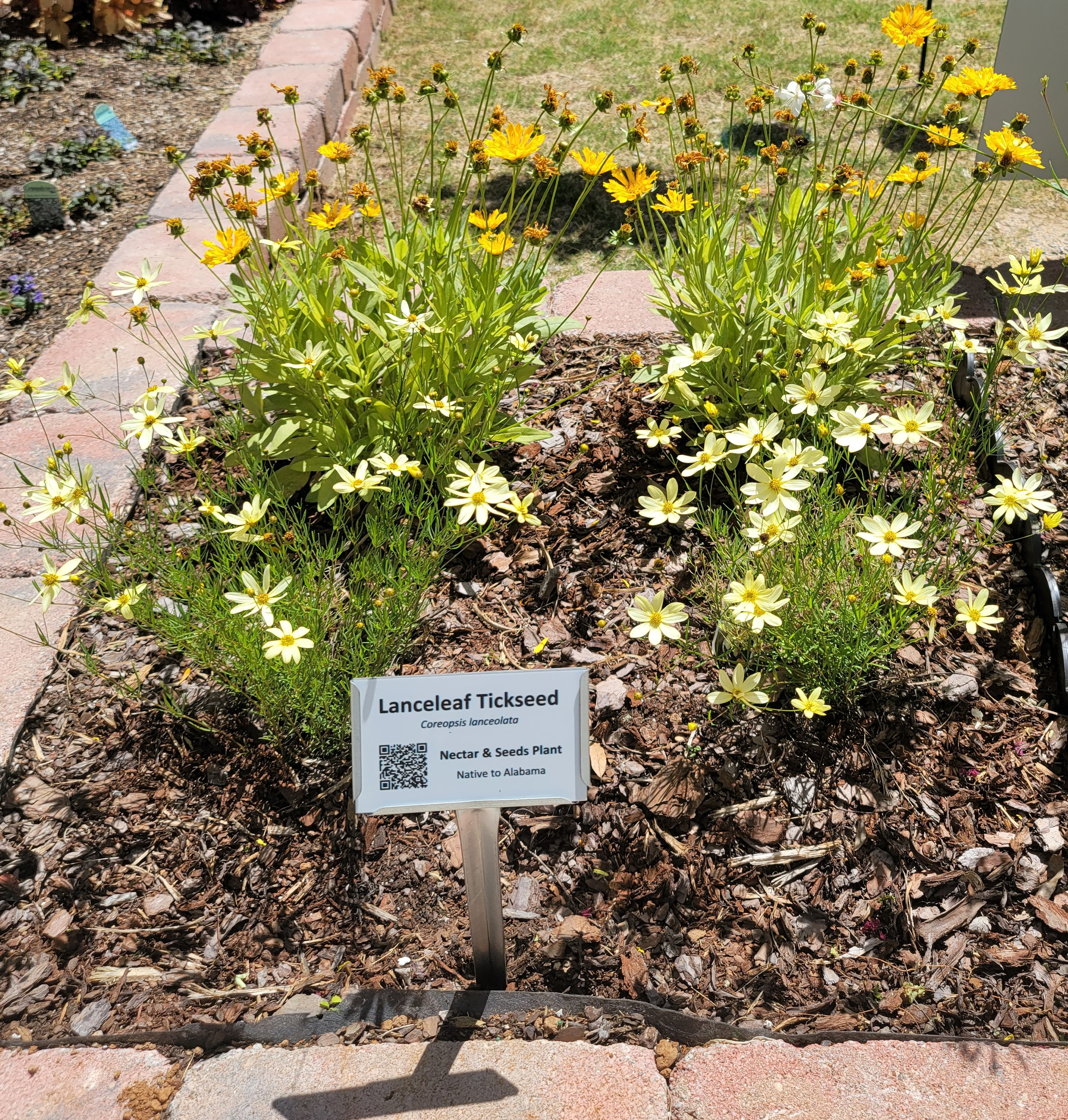
Option #2: Plant ID Sign Order Form for ALL Templates
1. Use our Plant ID Signs Order Form (Word Doc | PDF) to review all of the plant ID sign templates that we have created and to see which ones have QR Codes linked to individual Dig Into Plant webpages about each specific plant species (click on plant species name above to view the individual webpages).
2. Fill out the form and send it to your local printer. (Note: Your printer may require you to delete the templates for any plant species that you DO NOT want.)
QUICK TIPS
Quick Tip #1: Create the 3" x 5" plant ID signs on durable outdoor material such as .80 aluminum.
Quick Tip #2: Order a stake to hold the plant ID sign such as those sold through a PlantSigns.com or MCG Biomarkers. Most schools use the 12" or 13" inch stakes stuck in the ground a few inches so that only 7-9" inches of the stake is showing.
Quick Tip #3: Use your own Custom QR Codes with your schools logo and colors instead of the ones we provide. Copy the URL address for the plant species webpage and paste it in the "enter content" section on the QR Code Generator webpage. Cutomize the colors, logo, and design. Click "Create QR Code" and "Download PNG".
Other Example Plant Identification Signs
Plant ID signs can explain the purpose of the plant in addition to identifying it. The following are example plant ID signs:
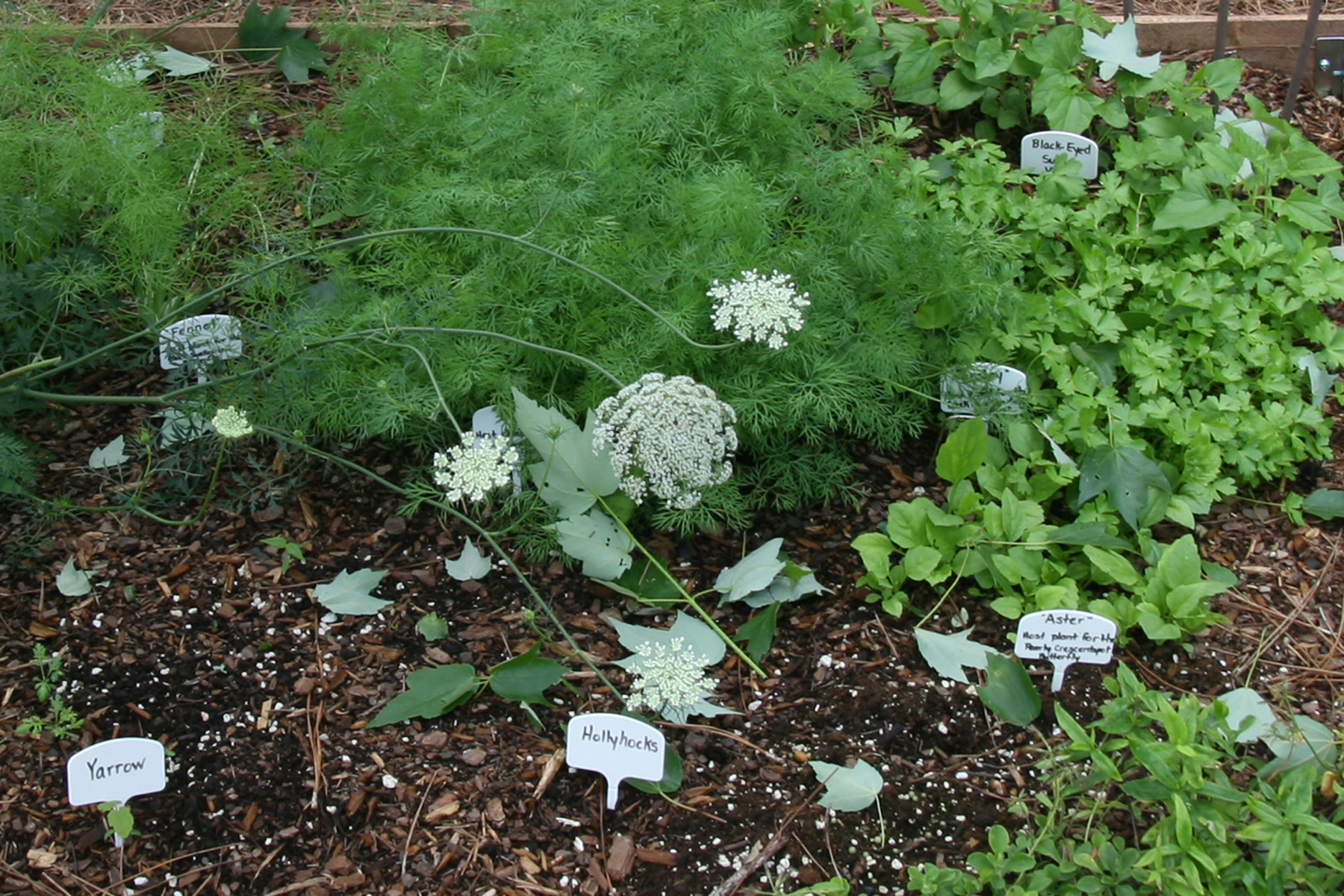 |
 |
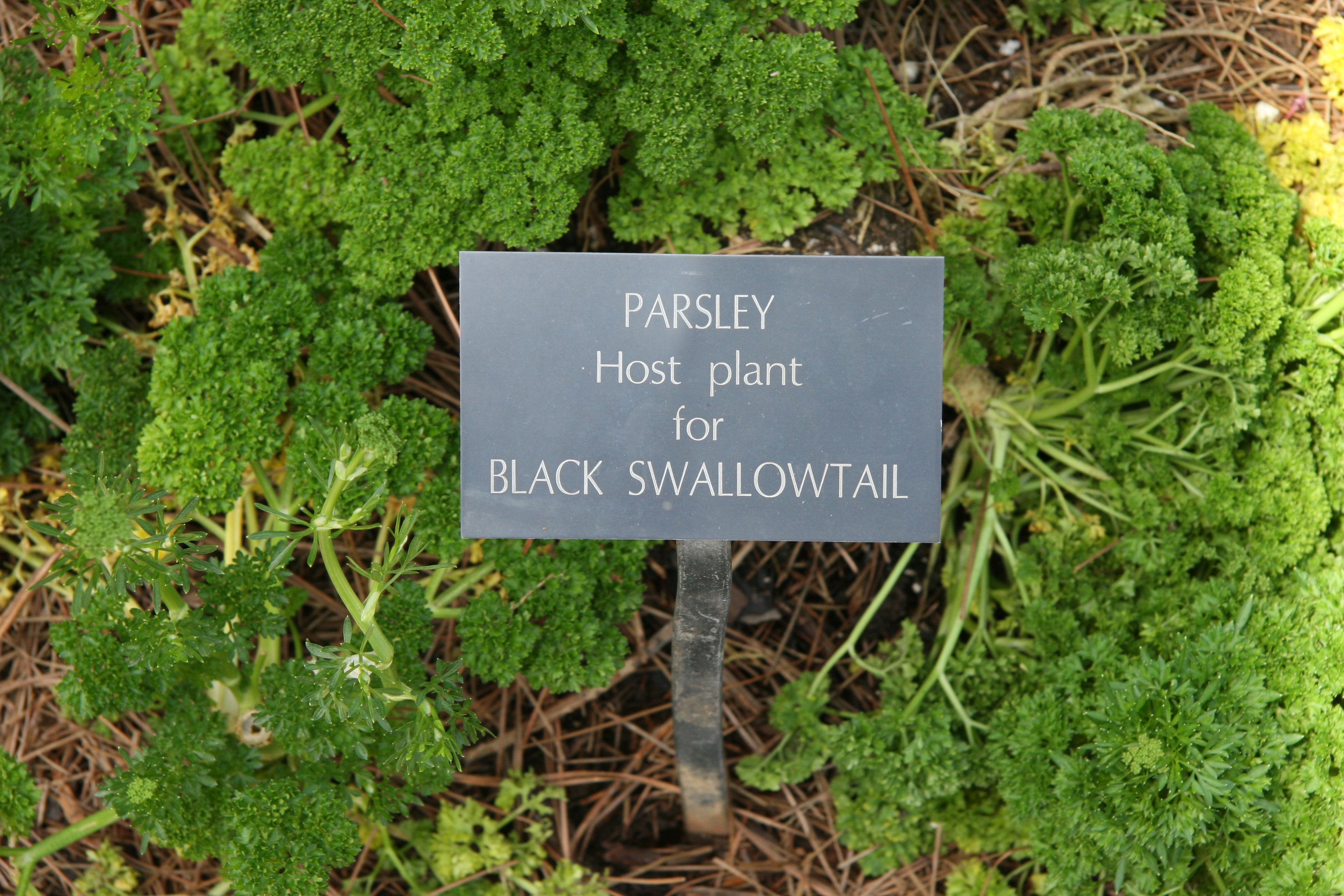 |
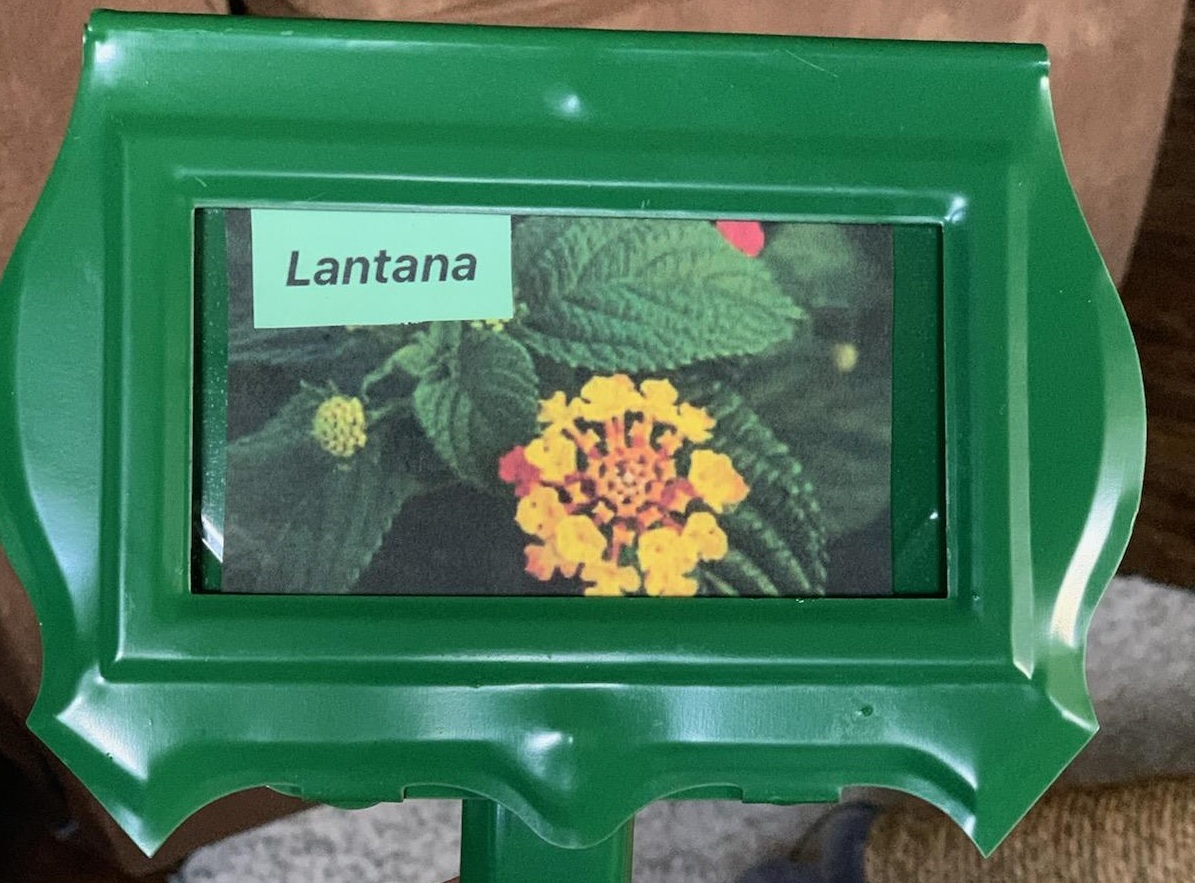 |
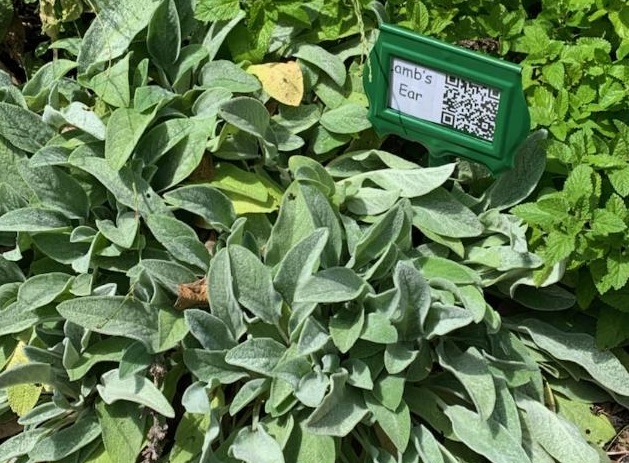 |
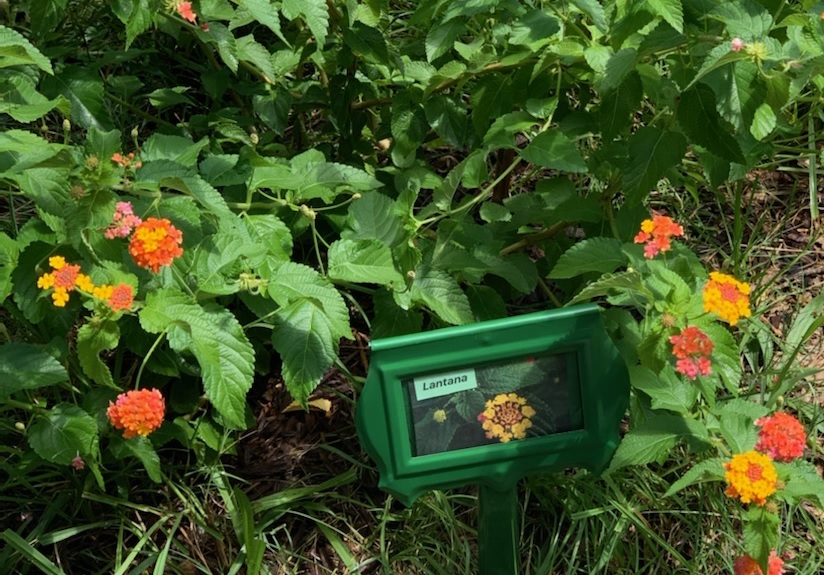 |
.
 Wildlife Tag
Wildlife Tag
